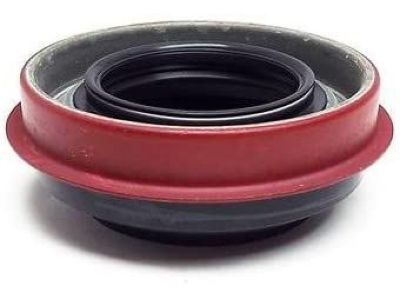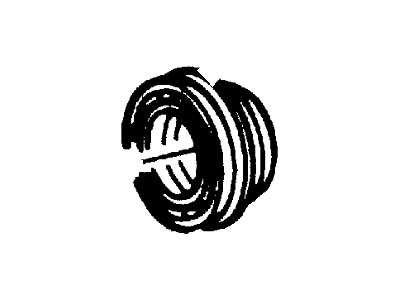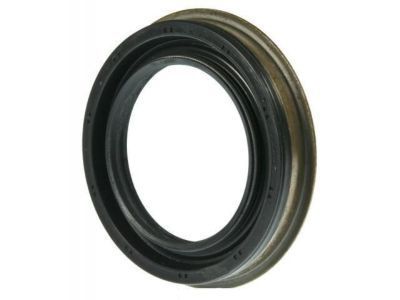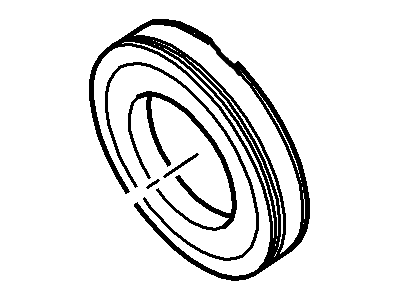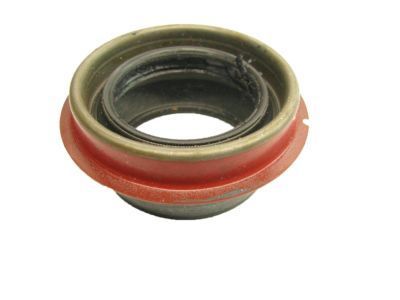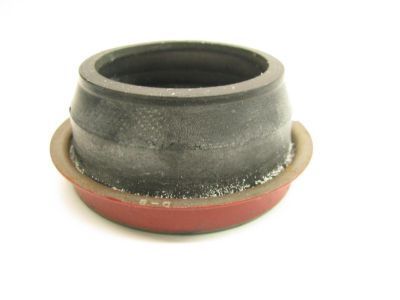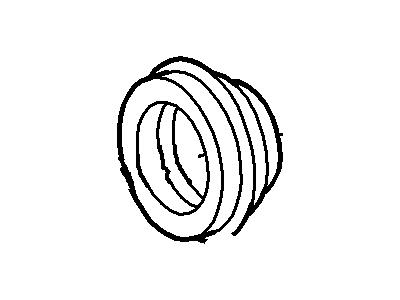

My Garage
My Account
Cart
Genuine Ford Excursion Transfer Case Seal
Transfer Case Output Shaft Seal- Select Vehicle by Model
- Select Vehicle by VIN
Select Vehicle by Model
orMake
Model
Year
Select Vehicle by VIN
For the most accurate results, select vehicle by your VIN (Vehicle Identification Number).
4 Transfer Case Seals found
Ford Excursion Seal Assembly - Oil
Part Number: F81Z-7052-AA$18.24 MSRP: $26.67You Save: $8.43 (32%)Ships in 1 Business DayFord Excursion Seal Assembly - Oil
Part Number: 3C3Z-7052-BA$47.85 MSRP: $68.75You Save: $20.90 (31%)Ships in 1 Business DayFord Excursion Seal Assembly - Oil
Part Number: F6TZ-7052-A$18.24 MSRP: $26.67You Save: $8.43 (32%)Ships in 1-2 Business DaysFord Excursion Seal Assembly - Oil
Part Number: 3C3Z-7052-CA$28.08 MSRP: $40.00You Save: $11.92 (30%)Ships in 1-2 Business Days
Ford Excursion Transfer Case Seal
We provide a wide range of Ford Excursion Transfer Case Seal at the best prices possible. If you need Ford Excursion Transfer Case Seal, you can shop with confidence on our website. All our OEM parts come with a manufacturer's warranty and are delivered to your door step with a fast delivery service.
Ford Excursion Transfer Case Seal Parts Questions & Experts Answers
- Q: How to replace the extension house seal on Ford Excursion?A:This procedure applies to automatic transmission equipped models, with the exception of specific steps. Oil leaks frequently occur due to wear of the extension housing seal, which can be replaced relatively easily without removing the transmission from the vehicle. If a leak is suspected at the extension housing seal, raise the vehicle and support it securely on jackstands. The seal is located at the rear end of the transmission, where the driveshaft is attached; signs of a leak include transmission lubricant on the front of the driveshaft and possible dripping from the rear of the transmission. To begin, remove the driveshaft. For 2WD models, remove the transmission flange lock nut using a flange holding tool or chain wrench, then remove the transmission flange, which may require a small puller. For all models, carefully pry out the seal using a screwdriver, pry bar, or seal removal tool, and inspect the extension housing bore for burrs, removing any found with emery cloth or medium grit wet-and-dry sandpaper. Clean the bore with a cloth dipped in solvent to remove any oil or sanding residue. Apply a small amount of silicone sealant to the outside diameter of the new oil seal and grease the seal lip. Install the new oil seal using a seal driver, large socket, or section of pipe, ensuring it is driven into the bore squarely and completely seated. For 2WD models, install the flange and locknut, tightening the locknut to the specified torque, and then connect the driveshaft.
